The Marathas were defeated in the third Battle of Panipat on 14 January 1761. They had lost the great warrior, Sadashiv Rao Bhau, and the Peshwa’s eldest son, Vishwas Rao. Countless other warriors were lost during the great battle and this was accompanied by huge monetary losses. The Peshwa Balaji Bhaji Rao never fully recovered from the shock and his passing away further exacerbated the leadership problem.
Balaji Bhaji Rao’s brother, the 27-year-old Raghunath Rao, happened to be the only one in the Peshwa household with any kind of warfare or administrative experience. He believed that the affairs at Pune would pass the court into his hands but the Maratha Sardars thought otherwise. They wanted Madhav Rao Bhat, the Second Son of Balaji Bhaji Rao, to be the Peshwa instead, for Raghunath Rao or Ragoba was believed to be finicky and impulsive. His Ragho bharari, when the Marathas conquered all the way atop, had in fact, put a strain in the coffers. Besides Raghunath Rao’s ability of running vicarious cycles had resulted in bad debts which came in the way of his nomination. Thus, it was decided that Madhav Rao would be the next ruler and Raghunath Rao would guide him until he came of age. The latter’s inability to brush aside his ego and temperament was one of the greatest tragedies of Maratha history.
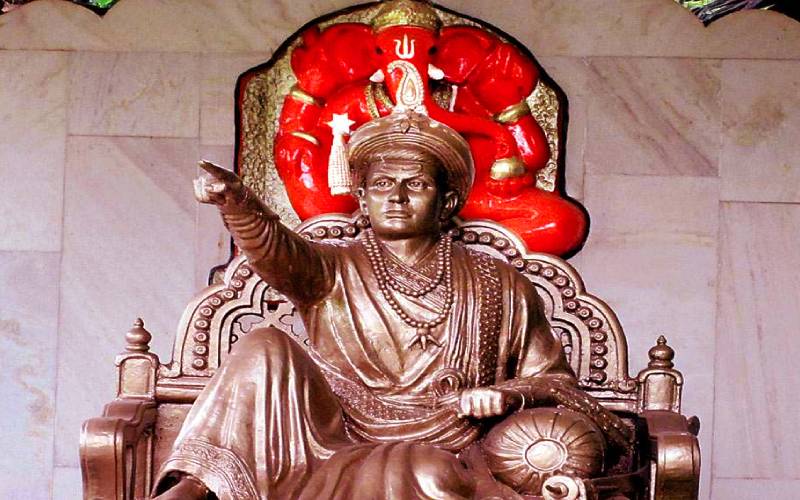
Madhav Rao was born in 1745 to Balaji Bhaji Rao and Gopika Bhai. Madhav Rao married the amazing and highly cultured Rama Bhai on 9 December 1758. Chhatrapathi Ram Raja appointed the sixteen-year-old Madhav Rao as the Peshwa-monarch in July 1762. The Maratha Empire had been in shambles at the time of the ascendancy of Madhav Rao. The Peshwa’s center, Shaniwar Wada, was caught up with too many rituals and ceremonies. The security at the treasury was at lacks. On learning about these issues, Madhav Rao set out to correct the administration and accounts and he reduced the unwanted religious ceremonies of the time.
The Nizam of Hyderabad began to nibble into the territories of the Marathas and he recaptured all the territories that were ceded to Sadashiv Bhau. This was a time when silver utensils had to be melted to pay for raising an army against the Nizam. Madhav Rao appealed to Damaji Gaekwad and Malwar Holkar for help. Holkar was unable to help him until 1763. The Nizam attacked the Marathas and an alarmed Madhav Rao evacuated Pune and sought refuge at Simhagad.
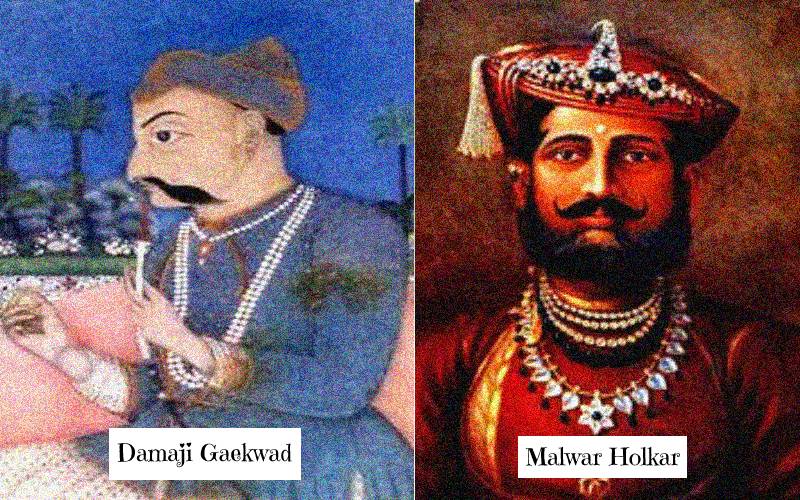
The Army of Madhav Rao harassed the Hyderabad forces in places like Ahmednagar, instead of facing the Nizam head-on. However, the Nizam forces kept moving forward but a crisis of sorts was created because of the senior sardars. The Nizam, thus, got caught within the clasp of Marathas but the wily Raghunath Rao let him go scot-free. Quite possibly Raghunath Rao wanted the Nizam to further trouble Madhav Rao.
Madhav Rao tried to reconcile with Raghunath Rao but it did not happen. Sakaram Bapu and Aba Purandere and the Nizam of Hyderabad allied with Raghunath Rao to march upon Pune. The Peshwa clashed with his uncle on the banks of Ghod and was forced to retreat to Alegoon. The huge army of Raghunath Rao pursued the Peshwa.
Madhav Rao understood that more than a hundred thousand soldiers had assembled along with the best leaders of the Maratha Empire. He felt that a war at this stage would put an end to the Maratha rule at Pune. Besides, the Nizam was the wolf here and the memories of Panipat was hardly two years old.
The humble and far-sighted Madhav Rao rode into Raghunath Rao’s camp and offered to surrender and this truce averted a huge disaster in the history of Marathas. The incident at Alegoon had raised the stature of the 18-year-old Peshwa for he had swallowed his ego and put the interest of the Maratha state above himself.
Madhav Rao had to now face one more invasion from the Nizam. The Peshwa had been campaigning in the south (Karnataka). Raghunath Rao had declined to join him and Hyder Ali of Mysore managed to escape from the clutches of the Peshwa. Again, a bad treaty with Hyder Ali by Raghunath Rao disappointed Madhav Rao. The health of the Peshwa received a setback due to these events. Meanwhile, the Peshwa had to pay 2 Lakhs of rupees to the Nizam. Both the Nizam and the marathas kept harrowing each other through rapid movements. He plundered Pune and went so far as to desecrate the idols at the Parvathi temple. Meanwhile, the armies of Madhav Rao reached the gates of Hyderabad.
Madhav Rao played the diplomacy card and managed to get Janoji Bhosale into his camp. The Chhatrapathi of Kolhapur was also weak for he had to witness the looting and plundering of Pune and Sattara. Mahatji Shinde attacked Berar at the instance of the Peshwa. Basalat Jung, the brother of the Nizam) and leaders like Piraji, Mimbalkar were brought over. Thus, by the summer of 1763, the camp of the Nizam was raven with torn coats, moles, and traitors. The diplomacy of Peshwa Madhav Rao won the order of the day. Meanwhile, the Nizam started moving in order to counter the Marathas. However, he was shocked to find his own army diminishing due to the large-scale defections effected by Marathas. The Peshwa crossed the river Krishna while the Nizam of Hyderabad turned his armies around and made for Aurangabad. Janoji Bhosale was physically with the Nizam but mentally with the Marathas. He secretly let Madhav Rao know that the Nizam was moving towards Aurangabad. It was important for the Marathas to not let the Nizam escape into his own territories. Therefore, the young Peshwa doubled the speed of his army. Meanwhile, he got information that Janoji Bhosale had quit the Nizam’s camp.
The Nizam reached a village called Raakshas bhuvan on the banks of Rover Godavari. On 9 August 1763, the Nizam and his artillery crossed the river. The majority of the army remained with the Diwan Vittalsundar and since they were not expecting the Peshwa’s army they decided to crossover on the next day, i.e., 10 August 1763. Madhav Rao learnt about the same and decided to settle the issue immediately. His huge cavalry had been on a continuous march for over a week. Madhav Rao moved over night and attacked the armies of the Nizam under Vittalsundar by day break.
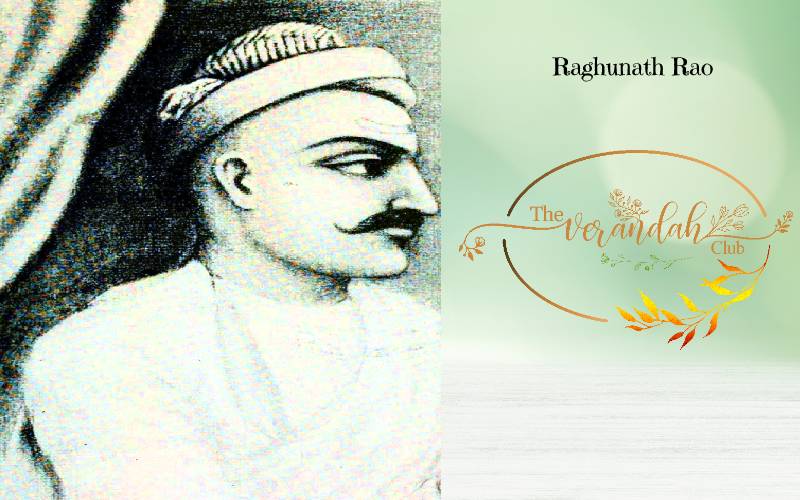
Raghunath Rao led the attack and created confusion within the enemy ranks. However, the efficiency Vittalsundar and his men surrounded Raghunath Rao. It was at this situation that a seventeen-year-old Peshwa charged on the Nizam’s troop and Vittalsundar got killed. His head was taken as a trophy and more than 8,000 belonging to the Nizam’s forces fell in battle. The remaining troops tried to frantically cross the Godavari but many got drowned. The river had risen that day and the Nizam haplessly watched his army getting destroyed from the other side of the river. The Marathas crossed over in September and forced the Nizam to come to terms. A large territory that could yield more than a crore as revenue was bequeathed to Madhav Rao. Every inch of the territory was regained and the victory at Raakshas bhuvan gave Madhav Rao an opportunity to prove himself militarily and diplomatically.
Madhav Rao organized a third expedition against Hyder Ali and inflicted defeats on him at Sira and Madhugiri. He rescued Queen Veerammaji, the last ruler of the Keladi Nayakka Kingdom and her son. He was keen to expand his territory and therefore decided to patch up with the Nizam. The East India Company wanted to establish a military presence at Vasai and Shashthi but Madhav Rao did not agree. The Cunning Raghunath Rao kept disturbing Madhav Rao and Madhav Rao defeated him decisively. Thereafter, Raghunath Rao was placed under house arrest.
On another occasion, one, General Ram Singh tried to assassinate Madhav Rao while he was returning from Parvathy Temple at Pune, but he escaped. Madhav Rao tried to attack Hyder Ali in 1770 but he was infected with tuberculosis and his health began to deteriorate. The disease progressed rapidly and Madhav Rao decided to spend his last days in his favorite Ganesha Chintamani Temple at Theur. Finally, Madhav Rao succumbed to tuberculosis and thousands of his loyal citizens paid their respects to him. The visionary Peshwa was cremated on the banks of the river which was about a kilometer from the temple. His wife Rama Bhai chose to commit Sati with his body at the time of cremation and she did so even though Brahmin widows were not required to do so.
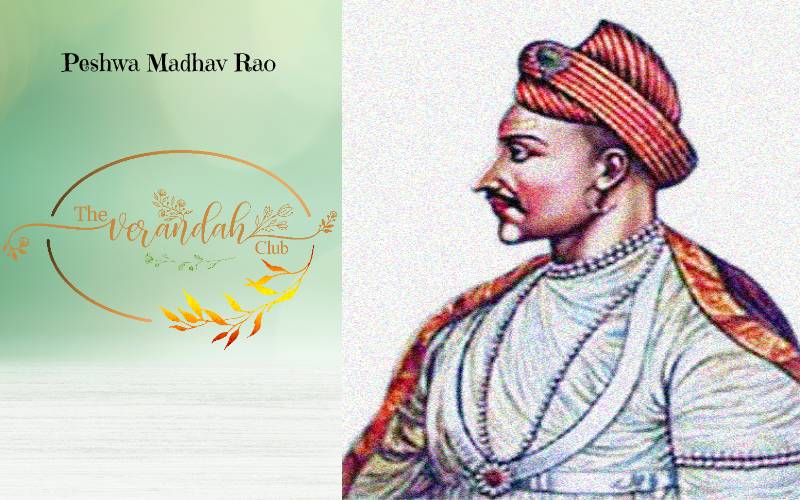
It is important to understand the characteristics of the Peshwa. Madhav Rao was once busy supervising the calculations connected with the war. He noticed a large number of people waiting anxiously at the entrance of Shaniwar Wada. He immediately understood that these were the families who had suffered because of the war and praying to get compensated but the guards would not let them in. In spite of his failing health, Peshwa Madhav Rao heard each one of them out and ensured that they were compensated individually.
The Peshwa was an able administrator and he brought in radical revolutions in the Maratha Empire in terms of efficiency and honesty. Corrupt officials were flogged in the courtyard and this brought about the much-required discipline. The judicial system was impartial and was faithfully managed by Ram Shastri (Chief Justice of Maratha Empire) who was considered to be a pillar of justice. Revenues were used for the welfare of citizens. Weapons were constantly upgraded and the strength of the empire was maintained. The Peshwa was approachable to the common man but was feared by his own servants. Thus, the people continue to remember the Peshwa for his noble deeds.
The life of the Peshwa’s noble wife, Rama Bhai (1750 – 1772), is worth recalling. She had accompanied the Peshwa during his Karnataka expedition (1766 – 67). This religious lady would go on pilgrimages to Sri Vardan and Harihareshwar. She always kept fasting in the interest of her husband, the Peshwa. The couple did not have children. Rama Bhai did not interfere in a number of matters connected with Madhav Rao and she was extremely spiritual. On learning that she wished to perform sati, her family members dissuaded her from doing so but she did not budge. Some people believe that she had sought the permission from Madhav Rao to perform Sati on his funeral pyre on the same date. Madhav Rao was cremated on the banks of the Bheema River.
A memorial carved out of stone rests today as a reminder of the Great Peshwa Madhav Rao and his loving wife Rama Bhai. Both Madhav Rao and Rama Bhai had been a caring and a dharmic couple. Their life and mission was to keep the Maratha flag flying high and this was in the interest of the Hindus of India. Their contribution had been recognized in popular culture in the form of books, plays, and television serials. Rama Bhai and Peshwa Madhav Rao continue to stand tall in the album of Indian history.
The Story of Peshwa Madhav Rao and his wife Rama Bhai should be inked in gold and studded with diamonds. This Great Peshwa had surrendered his own interests in order to ensure the success of the Maratha Empire. He had done so in the interests of the poorest of the poor. The Peshwa and his spouse Rama Bhai made sure that they were available to wipe the tears of their citizens while offering their hand of help. We the Indians of today must follow his example in order to deserve his heritage.
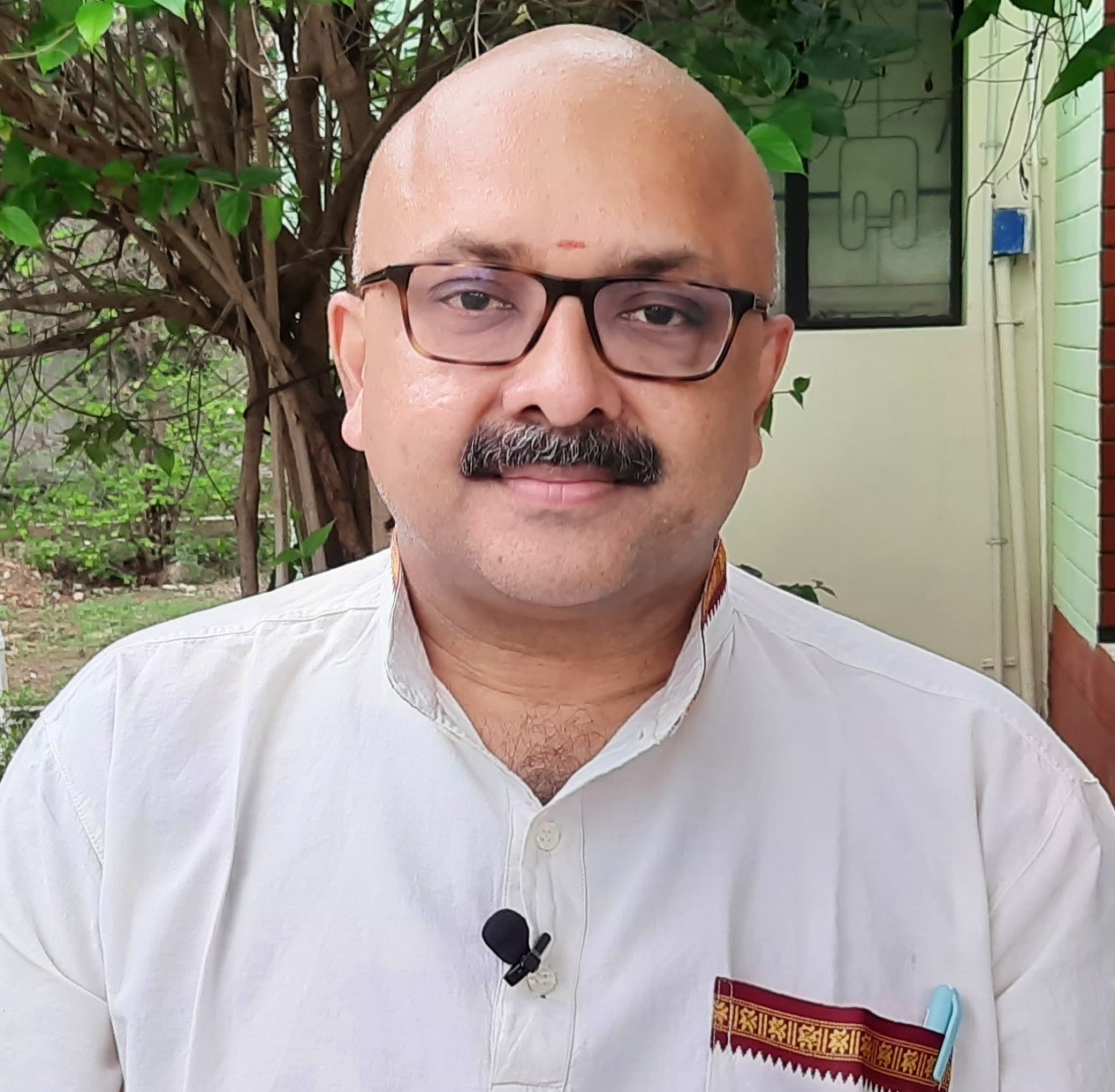
Mr. Rajesh Govindarajulu is one of the founding members of the Verandah Club Pvt. Ltd. He is a leading columnist, historian, jeweler, entrepreneur, and a heritage enthusiast who is earnestly working to revive the past in the light of the present. Experiential learning about the history of Coimbatore is his main course of interest and he is also a panel member of many colleges in the city.
NEXT ARTICLE
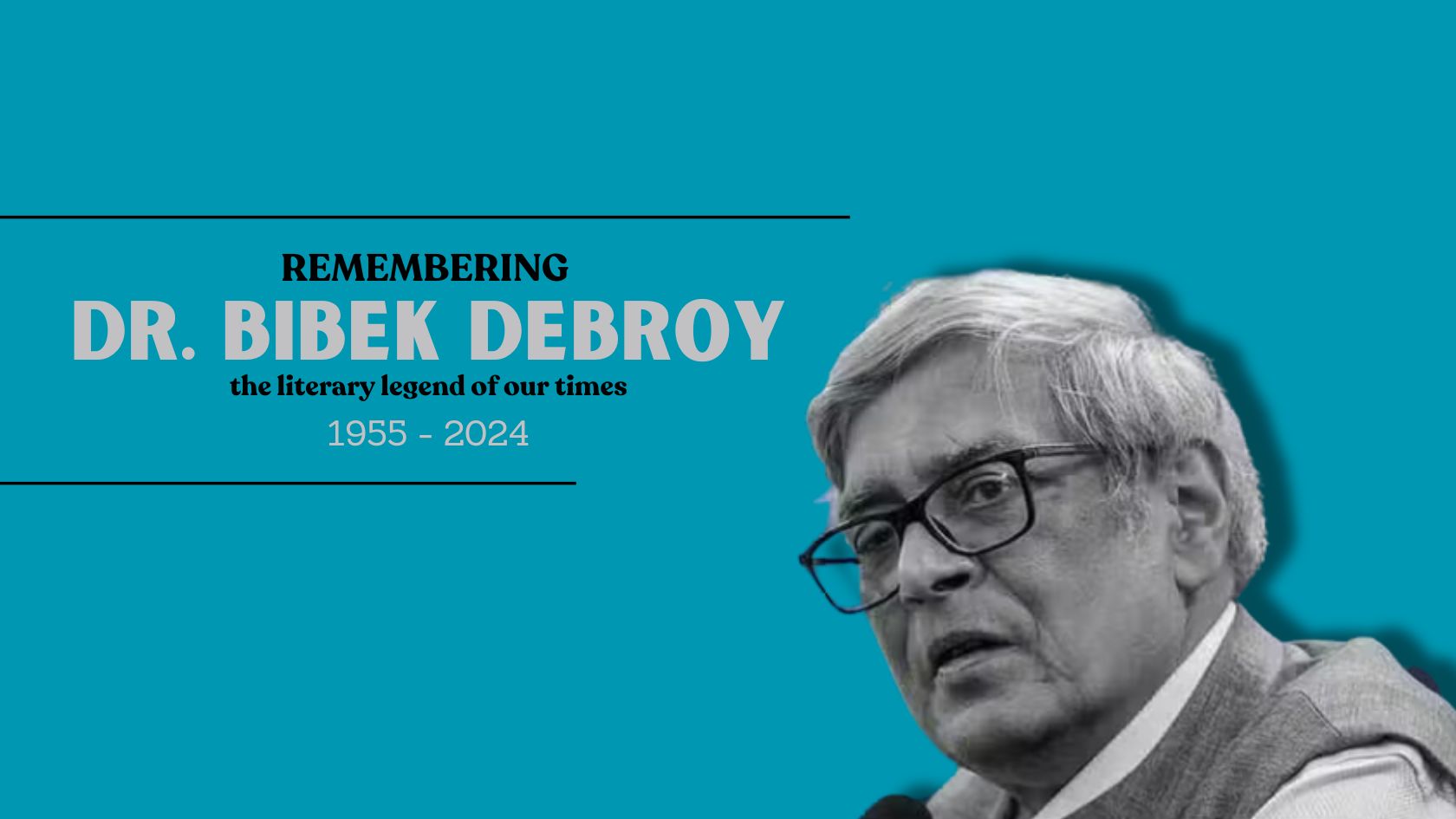
All authors who write about the Mahabharata have to read its unabridged version. The most popular unabridged translation used to be the one by Kisari...
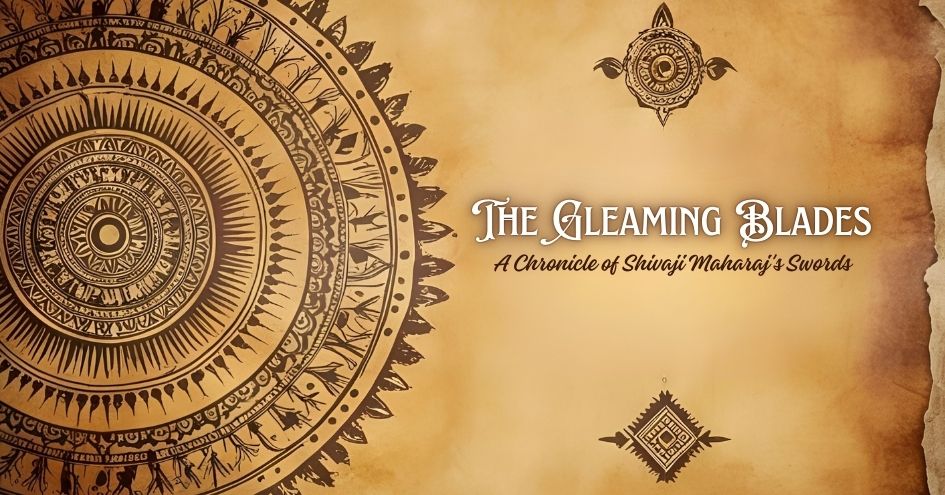
In the annals of Bharat Varsh, amidst the swirling mists of time and legacy, emerges the figure of Chhatrapati Shivaji Maharaj, a warrior whose name e...